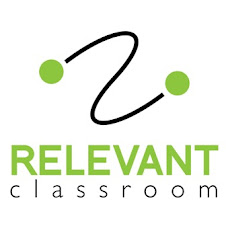A while back, we put up a post to spread the news about Edutopia. I’ve become a self-proclaimed junkie (with a name like Edutopia, how could I resist?). I get their weekly newsletter and love to peruse their site. The March 25th update was about computer games and teaching social issues. It had such valuable resources that I just had to pass them along. The update was based around this article titled “Computer Games Explore Social Issues: The fluid, interactive nature of simulations makes them ideal for tackling complex subjects.”
If you’re interested in trying some games out in your classroom, here are a few to explore:
- Games for Change – Real World Games, Real World Impact. You’ll find games in many academic areas.
- Operation Climate Control. You’ll find games to help students grasp climate changes and carbon emissions. There are even lessons plans and helpful links to accompany the game!
- Play the News! Here are games to engage students in what’s currently happening in the world.
…and there are more!
Do you like what you see, but aren’t sure how to manage teaching through games? Here’s some great advice.
Are you still trying to convince your administration that games are good? Check this article (“Serious Gaming: Computer Games Become Potent Student Motivators and Evaluators: A new generation of video games sneaks into assessment tools”) out.






